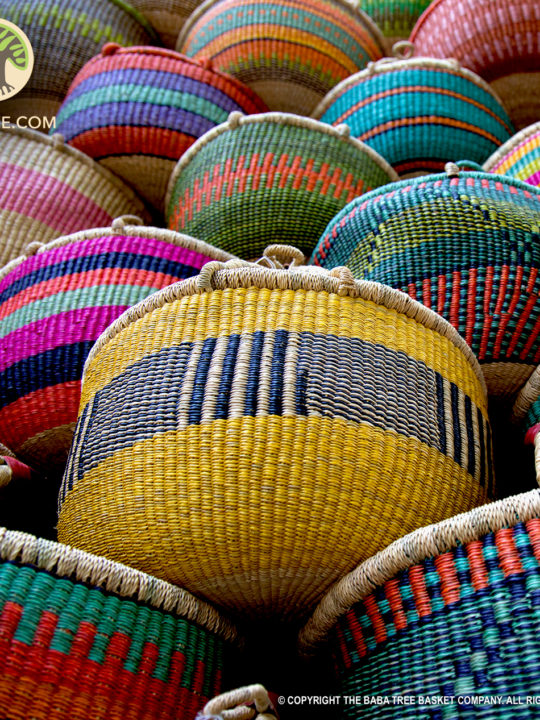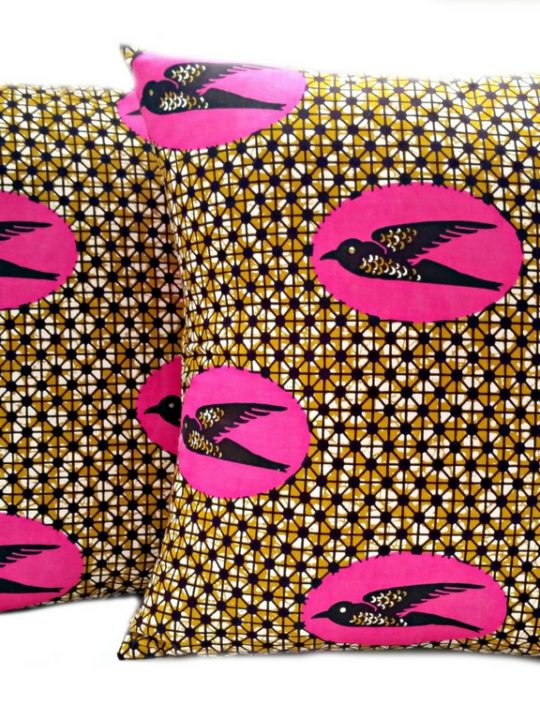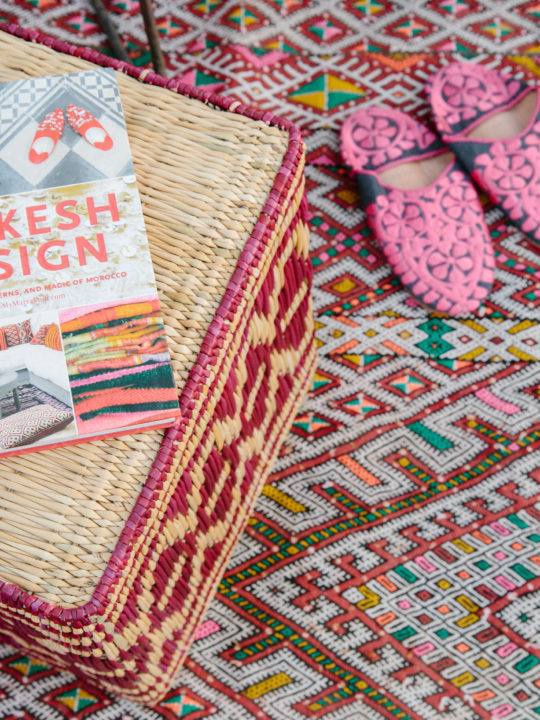Allow me to introduce you to my buddy Micheal Adumua of Design Consultants Ghana. He is a towering 6”4 but surprisingly soft spoken. Better still, he can solve most of your deepest, darkest secret design challenges. Michael is pushing the envelope in Ghanaian design after recently moving back home two years ago from Las Vegas, Nevada in the USA to start his own firm. He took some time out to share his perspective on career and life as an artrepreneur in this second edition of the Designed to Succeed series.
Lesson 1: Always focus on the end users.
MA: “Having specialized in hospitality, my typical project is different from many other types of design being that it is a public space. A house welcomes a husband and wife and perhaps an occasional guest. For hospitality, there is a lot of traffic and the emotional context has to satisfy a wide spectrum. If an Asian and an African come to the same space, they should both be able to enjoy it equally. With a residence, you typically personally know the end user but with hospitality, I sometimes have to dream up that end user’s expectations. Sometimes, I have to fight with the client on design ideas because although the client is paying, he is not the end user.”
Lesson 2: Don’t apologize for having a preference.
MA: “I love residences because it is where I can merge my love for architecture and interior design and décor. But because I want to focus my business on hospitality I am very selective with the residential spaces I take on. I want a project that is unique, highly custom and with a generous budget.”
Lesson 3: Research and immerse yourself in your clients.
MA: “I recently did a project for an Indian couple and it required a lot of research on my part. But as I was learning more about the culture, I got really into it. For the fabrics, I got inspired by the richness of saris and used a lot of silver. I learned about Saibaba, a well-respected spiritual leader and Buddha and that influenced my choice of artifacts and décor. I was also influenced by henna and used that as inspiration for my art selections. For the major furnishings, the husband and wife clashed – he wanted modern and she wanted traditional which happens a lot. So I gave them a style I call ‘transitional’. It incorporates different design eras. I would use a 1960s shaped chair with a modern material like acrylic.”
Lesson 4: Give every single room serious reflection.
MA: “On a project, I seriously went to town on a bathroom. Originally, the bathroom and the closet was one big open space. I knew immediately I did not like this. It is important to separate activities but it is also important to bring a couple together. Why not have quality time in the every room including the bathroom? So I put in an almost floor to ceiling mirror behind the double sinks and vanity to make the space look more large. I expanded the space between the sinks to allow for a makeup station. A husband should be able to brush his teeth and watch his wife put on her lipstick. I also closed off the toilet so that one spouse never feels the need to leave.
Lesson 5: Have a strategy for managing couples.
MA: “Understanding each gender is important. Without being too prescriptive, in my experience, it is easier to get female clients, but harder to get them to pay for services. My female clients have also been better with picking finishes but not so knowledgeable about the technical aspects like what makes a column stand up. Men like to get more into the architectural details and the numbers. But even then, I would say it is hardest working with a man and a woman. They never agree and they always expect me to pick a side but I have learned to nod and smile at both of them. There was a couple who came in for a house to be built. When the man came, I asked whether his wife would join us and he said that he was paying and therefore her input was not needed at the beginning stages. When the drawings were done and he came to pick them up, he wanted to show off so he brought his wife up to the office to introduce us. When the wife saw the drawings, she started questioning things and although I explained why we structured it the way we did, some elements she did not like. We ended up having to change a lot of the plans. So, couples often result in double work, although the stories make for good happy hour conversation starters.”
Lesson 6: Never – and I mean never – neglect lighting.
MA: “Partially due to my beginning my career under the glare of Las Vegas bling, lighting is dear to my heart. Even when I was in school, we typically did not select lighting from a catalogue. We built it. In Vegas, everyone wants their own custom lighting. Lights are like sculptural pieces. You know that that is Caesar’s Palace in the distance because they have distinct lights. It’s something that I think is done poorly in Ghana. A building is designed and lighting is kind of an afterthought. I do not look at it like the design piece ends and lighting begins, they are one in the same. Lighting reveals the right texture of materials and the shadows trick the eye into thinking a room looks different. Light level variation creates an ambiance. A high energy dance club is going to need different lighting than a romantic dinner. Ghana has very few outlets for sourcing lighting and I also hate walking into a space and having someone point and say, you got this from X store. Building lighting also tends to come out cheaper than buying. I am a hands-on guy. I build with my artisans, I want to be involved in the fabrication.”
Lesson 7: Add a human element to your design concept.
MA: “I am a minimalist designer. I see the people as the cultural element within the hospitality space. So actually, in a nightclub environment, the African print dresses, the women’s jewelry etc. are the culture. I like to use African art sometimes but find it to be overpowering or sad sometimes, especially some masks. Besides, wood masks have been overdone. I would like to mold an African mask out of glass. Because of our skin tone, I also pay attention to wall paints differently than most designers because the backdrop in a nightclub has to complement black skin. I sometimes watch news programs in Ghana and see red, orange or super bright backdrops and find the good looking presenter is lost and all I can focus on is the clashing colors. As dark skinned people, our backgrounds should be a bit more grey, eggshell and taupe. Even when I use Ghanaian fabrics like kente, I prefer the Ewe type because the colors are a bit more toned down.”
Lesson 8: Work with local artisans even if not convenient.
MA: “Sometimes, it is hard to explain your vision to the artisans because they have not worked off of drawings and cannot understand the technical nature of the item especially with light fixtures. So I tend to do it myself and have them support me and learn. If they want to learn, I will continue to use them on my other jobs. But finishing here in Ghana is a problem. Irrespective, I somehow managed to do Grand Papazz nightclub located in Accra without importing anything. A lot of people, just go to China, pack a container and then come and think they have designed a space.”
Lesson 7: Stop worshiping degrees.
MA: “I do not see myself as an architect. I am a designer. In the US, people do not care really about formalities and degrees. As a designer, you are cool if you do good work. In Ghana, it is different. People sometimes resent those who may not have sweat through formal education but then present themselves as professionals in the industry. People follow you because of your degrees. But when the technical and creative people do not get along, the project suffers.”
Lesson 7: Contribute to a community of practice.
MA: “Designers mostly use the same palette. We watch the same design shows. We read the same magazines. We graduate from similar schools. For whatever reason, designers in Ghana like to work in a vacuum. They do not want to share their sources. There is not really a design community per say. As a newbie and a returnee, architects did not think I belonged. They are very ‘white shirt and tie’. I see myself as I see design, flowing and dynamic. I reached out hoping to collaborate on work. I wanted to have something in Ghana like Bauhaus in Germany. This is what I wrote my thesis on. Get the wood carvers, oral tradition, kente weavers, goldsmiths to all sit and come up with a new style of architecture, furniture etc. But this is still just a dream for the moment. Some young designers come to know me and I use the projector in the office to go over projects over drinks and brainstorm with them. I have an open door policy. Ghana Institute of Architects puts up some events but you find that it is more so for the older generation. Joseph Addo, a very famous architect has some events at Golden Tulip once a month and that has been cool. But there should more networking opportunities.”
Lesson 8: Think of design as a national export.
MA: “I would like to see the industry be something Ghanaians can package and sell, like a commodity. We all know great designed cars come from Germany. France is known for fashion and wine. In Africa, great hospitality destinations are known to be in Kenya. Design is being led by South Africa. We are naturally creative people after all, we created the Azonto dance! Hip Life has gone far. It would be nice if Ghana stepped up and invested in the industry to bring up the hospitality spaces so we could be known for tourism but also great design elements. I want people to come to Ghana and have “ah ha” moments when they walk into a space. We need to export our brand of design.”

















